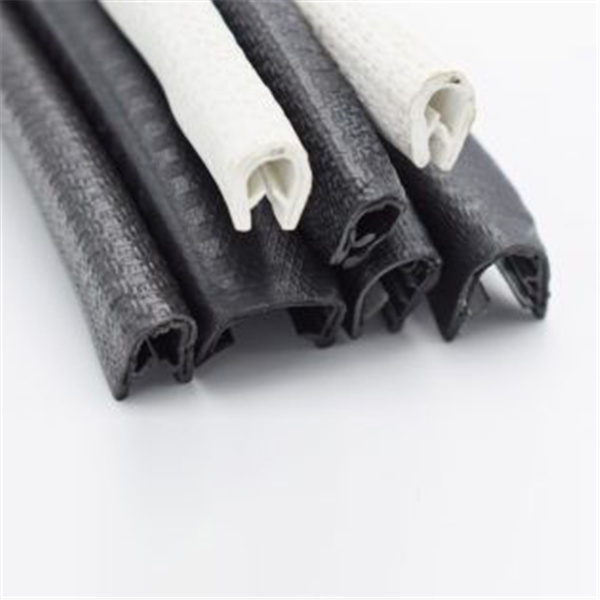Tile grid ceilings are composed mainly of two components a metal grid system and the ceiling tiles themselves. The grid is typically suspended from the overhead structure using wires, creating a space between the tiles and the original ceiling. This space allows for the integration of electrical wiring, HVAC ducts, and plumbing – crucial elements in commercial and residential properties.
One of the main characteristics of mineral fiber ceilings is their excellent sound-absorbing properties. The porous nature of the material helps to reduce noise reverberation, making them ideal for spaces where sound control is essential, such as offices, schools, and hospitals. In a bustling environment, effective sound management can lead to greater productivity and improved overall comfort.
mineral fiber ceiling tiles are the high-grade acoustic ceiling tiles, with fine acoustical performance, the end users can effectively control and adjust the time of indoor mixed sound, noticeably improve sound quality and reduce noise.
Our mineral fiber ceiling tiles are finished in White painting, provided in different specifications and patterns, thus delivering decorative effects with diversified artistic style. They also have different suspension modes that helps bring out the full functions in these suspension materials.
In addition, our mineral fiber ceiling tiles are with excellent in-combustibility, can satisfy every requirement on fire safety in all kinds of buildings such as hotels, restaurants, gymnasiums, office buildings, airports and home decoration.










